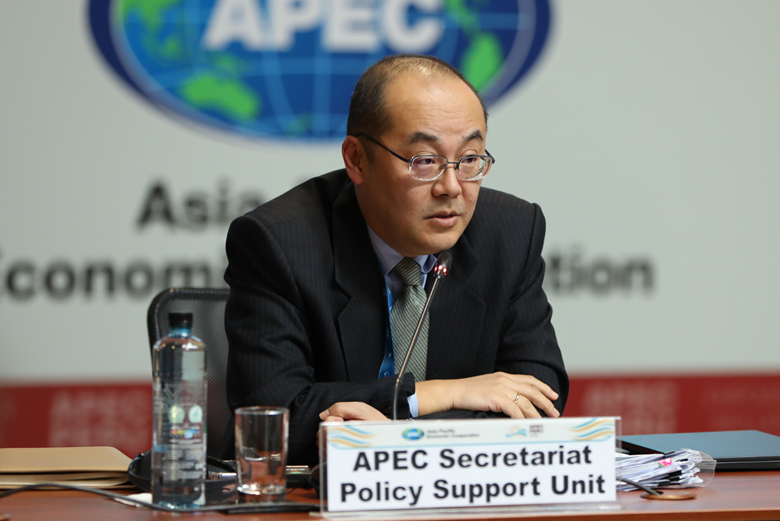APEC Maintains Steady 3.5% Growth Despite Uncertainties

The APEC region is projected to maintain stable economic growth, showcasing resilience in the face of uncertainty and ongoing challenges.
According to the August update of the APEC Regional Trends Analysis, the region’s GDP is expected to grow by 3.5 percent in 2024, consistent with the growth rate observed in 2023. However, a slight deceleration is anticipated for 2025, with growth expected to ease to 3.1 percent, marking an improvement from earlier projections in May of 2.9 percent.
“While growth rates may vary across the region, the collective commitment to controlling inflation and adopting prudent monetary policies has been pivotal,” said Carlos Kuriyama, director of the APEC Policy Support Unit. “As we move forward, it is crucial that we remain vigilant and flexible, ensuring that our economies can weather future challenges and continue on a path of sustainable development."
APEC economies have seen significant success in moderating inflation, with the average inflation rate declining to 2.8 percent in June 2024, down from 5.9 percent in January 2023. This reduction underscores the effectiveness of the monetary policies implemented across the region.
“Central banks in APEC have mostly maintained a cautious approach, avoiding premature rate reductions that could trigger capital flight and currency depreciation,” said Rhea C. Hernando, an analyst with the Policy Support Unit. “As a result, APEC has seen the appreciation or slowing depreciation of 20 currencies against the US dollar in recent months.”
Trade performance within the APEC region expanded, with merchandise exports in the first quarter of 2024 growing by 3.9 percent in volume and 1.6 percent in value compared to the same period in 2023. This positive trend aligns with the anticipated global trade volume rebound of 3.1 percent in 2024.
“Additionally, domestic consumption has shown resilience, further bolstering economic optimism across the region,” said Glacer Niño A. Vasquez, a researcher with the Policy Support Unit. He noted that the Manufacturing Purchasing Managers' Index across APEC economies have remained steady, reflecting favorable manufacturing activity.
The report highlights that the region is currently grappling with increased trade tensions, which have led to a notable rise in trade restrictions and remedies, such as anti-dumping and countervailing duties. Persistent supply chain disruptions have also increased the cost and time of transporting goods across border, putting additional pressure on prices.
Strategic economic policies and international cooperation are expected to play a crucial role in navigating these issues. APEC economies are encouraged to adjust monetary policy carefully, rebuild fiscal buffers, and explore policy alternatives that enhance trade relations without restricting trade and investment.
"The steady growth we are witnessing across the APEC region, despite global uncertainties, is a testament to the resilience and adaptability of our economies,” Kuriyama concluded. “As we continue to navigate complex challenges, APEC's commitment to sound economic policies and regional cooperation will be critical in sustaining this momentum and fosering long-term prosperity."
For more information on the APEC Regional Trends Analysis, August 2024, visit this page.
For further details, please contact:
APEC Media at [email protected]

